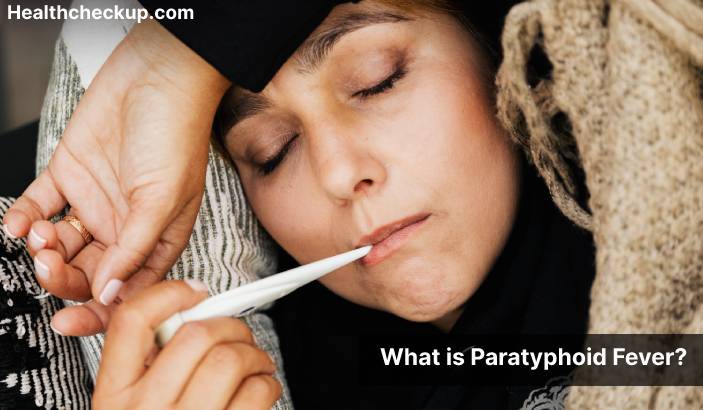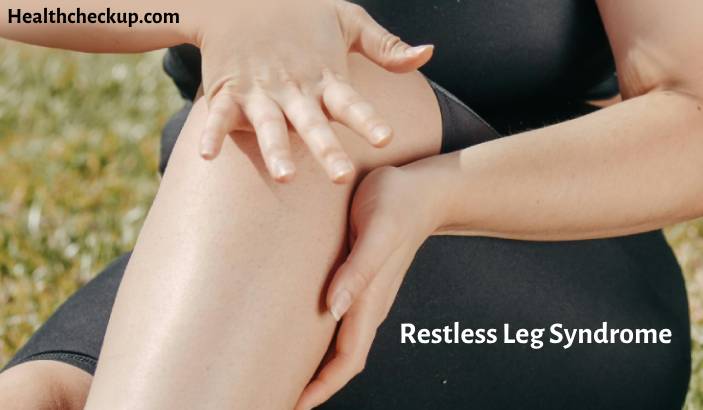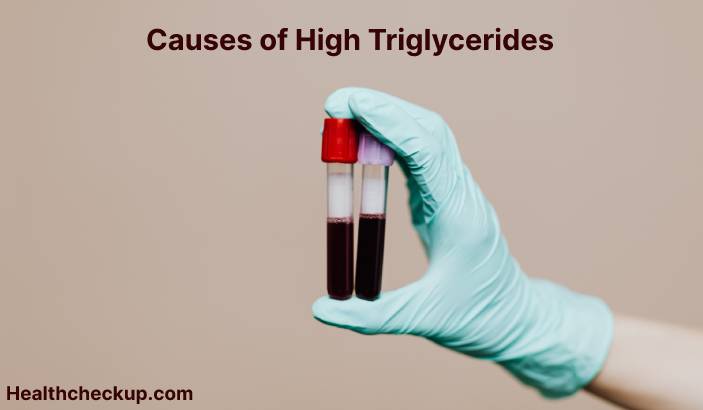Paratyphoid fever is a bacterial infection that is caused by Salmonella Paratyphi. It is a type of salmonella infection, which is a group of bacterial infections that are characterized by inflammation of the intestinal tract. Paratyphoid fever is transmitted through contaminated food or water, and it can also be transmitted through contact with infected individuals.
Symptoms of paratyphoid fever typically appear 7-14 days after infection and include:
- Fever
- Headache
- Muscle aches
- Weakness
- Loss of appetite
- Nausea and vomiting
- Diarrhea or constipation
- Rash
- Abdominal pain
In severe cases, paratyphoid fever can lead to complications, such as pneumonia, sepsis, or meningitis.
Diagnosis of paratyphoid fever is typically based on the presence of symptoms and a person’s history of exposure to contaminated food or water. Laboratory tests, such as a blood culture or stool culture, can be used to confirm the diagnosis.
Treatment of paratyphoid fever typically involves antibiotics to kill the bacterial infection. It also includes supportive care, such as fluids to prevent dehydration, and medications to control symptoms, such as fever and pain. In severe cases, hospitalization is necessary.
Paratyphoid fever can be prevented through good hygiene practices, such as washing your hands frequently and thoroughly, especially after using the bathroom and before preparing or handling food. It is also important to practice proper food handling and preparation techniques, such as cooking foods to the appropriate temperature and storing foods at the correct temperature, to prevent the spread of the infection.
If you are traveling to an area where paratyphoid fever is common, it is important to take steps to protect yourself, such as drinking bottled or treated water and avoiding food from street vendors. Follow the recommendations of your healthcare provider and public health officials to help prevent the spread of paratyphoid fever.








